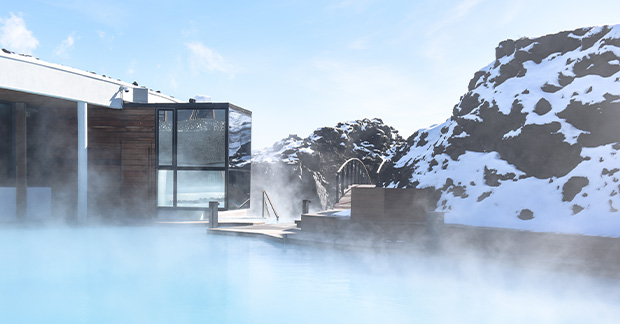Iceland’s Blue Lagoon faces yet another temporary closure due to a local volcanic eruption, highlighting the region’s ongoing geological activity.
- The geothermal spa, affected by a volcanic eruption at Sundhnúksgígar, has closed its doors once more for safety reasons.
- Recurrent volcanic activity in the Reykjanes Peninsula has prompted multiple closures of the Blue Lagoon this year.
- Authorities have advised the public to avoid the affected area as the situation remains under assessment.
- Despite these disruptions, Keflavik International Airport and the capital, Reykjavik, continue to operate as normal.
Iceland’s renowned Blue Lagoon has faced another temporary shutdown as a result of an eruption at Sundhnúksgígar. Following the volcanic activity that began on August 22, the geothermal spa took precautionary measures to ensure the safety of its guests by closing all operational units.
The current volcanic eruption, confirmed by the Icelandic Meteorological Office, is one of several this year that has led to the Blue Lagoon’s closures. This ongoing geological disturbance poses a challenge to maintaining normal operations at one of Iceland’s most iconic tourist destinations.
Authorities have firmly advised the public to steer clear of the affected areas, particularly around the town of Grindavik and its northern surroundings, to ensure public safety. The Foreign Office has updated its travel advice, urging tourists and locals alike to heed the warnings regarding the Reykjanes Peninsula.
In light of these developments, the roads leading to Grindavik remain closed, although travel to Keflavik International Airport remains unaffected. For travellers, this means that while some attractions may be off-limits, key transport routes and the broader Icelandic regions continue to be accessible.
As the situation develops, local media and authorities continue to provide updates, assuring that Reykjavik and other major parts of Iceland remain untouched by these natural events.
The frequent volcanic disruptions at Blue Lagoon underscore the ever-present geological activity in Iceland, requiring vigilance and adaptability from both locals and visitors.

